Sri Lanka's crisis: High costs of climate injustice and foreign investment dependence
The global chemicals industry is portraying the Sri Lankan crisis as related to a few months' stop in the import of chemical fertilizers in April 2021, not recognizing that the ban was related to Colombo’s debt crisis
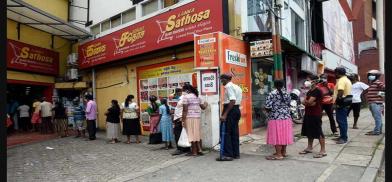
Sri Lanka is facing a severe political and economic crisis. The crisis has multiple roots but has intensified in the last two years with issues related to Covid-19, climate change, rising and unsustainable debt and the contribution of chemical fertilizers to this rising debt. The protests we are witnessing now are triggered by an economy of greed, the creation of a debt trap and a history of rent collection, rising costs of living, all of it adding up to ordinary citizens facing an economic crisis of survival.
Such protests were common sights across the world in 2019 before Covid and the attendant lockdowns that followed. Recall Beirut and Chile. When the cost of living becomes unbearable, people rise in protest. This is a vicious cycle in which countries are entrapped by debt that feeds billionaires and banks and impoverishes ordinary citizens.
These complex sets of interconnected problems are being reduced to a simplistic reading that in many narratives have now begun drawing a straight line between the Sri Lankan attempt at reducing or stopping the use of chemicals in farming to the problems that the nation faces today. In the minds of many who offer this simplistic reading, Sri Lanka moved to curb or stop the use of chemicals in agriculture, leading to a drop in yields and triggering a crisis that has turned Sri Lanka from a sound economy to an economy dependent on imports for food and a host of other staples. Many leading media houses globally have flogged this narrative by now.
Crisis of borrowing
What this narrative does not see is that Sri Lanka was already heading into a debt crisis by borrowing heavily to build selective infrastructure -- ports, power plants, highways and resorts. According to Gateway House, a non-profit which aims to raise awareness of foreign policy among Indians, Chinese debt and equity are funding more than 50 projects worth more than USD 11 billion. Most are roads and water treatment plants, but the largest projects are the Hambantota Port, the Colombo Port City and the Lakavijaya thermal power plant – all three funded by Chinese government-owned banks and being built by Chinese contractors.
As Amit Bhandari and Chandni Jindal of Gateway House write, “During 2017, Sri Lanka’s government spent 83 percent of its revenues on debt repayment, a quarter of which was for foreign borrowings. The country’s external debt repayments are projected to double from $2.1 billion in 2017 to $3.3 – $4.2 billion annually from 2019-22. It is not surprising that Sri Lanka chose to convert some of this debt into equity and hand over Hambantota to China Port Holding in 2017.”
In March 2022, according to Reuters, Sri Lanka's Central Bank said foreign currency reserves dropped to $2.31 billion by the end of February, covering only one month of the nation’s forex obligations. A foreign exchange crisis has led to the inability of the government to pay for imports of essential commodities including fuel. The dependence on fossil fuel imports has led to an economic crisis, with power cuts of up to 13 hours and galloping inflation after the currency was devalued.
Matter of survival
The 22 million citizens of Sri Lanka are clearly facing a crisis of survival, and have risen in protest against the government. Ministers have resigned. Emergency rule has been declared. The country is surviving on credit. Sri Lanka’s capacity to pay back its loans with interests was badly hit by Covid. Tourism and foreign workers remittances was one of Sri Lanka’s main foreign exchange earners. The pandemic dried up both. Foreign exchange reserves plummeted by almost 70 percent in two years. The Ukraine crisis further amplified the crisis with oil prices and fertilizer prices rising.
Climate havoc which affects South Asia most severely has also intensified Sri Lanka’s food crisis. South Asia is economically and ecologically rich due to the monsoons. Climate change is severely impacting the monsoons, and with it, agricultural production. According to the latest IPCC report, for every 1 percent increase in temperature, intense and extreme events related to South Asian monsoon will increase by 7 percent.
We cannot address climate change, and its very real consequences, without recognizing the central role of the industrial and globalized food system, which contributes more than 50 percent to greenhouse gas emissions through deforestation, concentrated animal feeding operations (CAFOs), plastics and aluminum packaging, long distance transport and food waste.
“Food and climate impacts go both ways. Climate change creates significant risks to the food system, with rising temperatures and changing weather patterns threatening enormous damage to crops, supply chains and livelihoods in the decades ahead,” the IPCC has pointed out.
Climate change
A study published by Nature, titled “Climate change and food security in Sri Lanka: towards food sovereignty”, notes that promoting food sovereignty could be the key to alleviating impacts of Climate Change. Synthetic chemical fertilizers emit nitrous oxide which is 300 times more damaging to the climate than CO2. Imports of synthetic fertilizers were also a big drain on Sri Lanka’s scarce foreign exchange reserves.
The global chemicals industry is portraying the Sri Lankan crisis as related to a few months' stop in the import of chemical fertilizers in April 2021, not recognizing that the ban was related to Colombo’s debt crisis. A ban on imports of chemical fertilizers does not automatically translate into policies for food sovereignty.
Food sovereignty requires a considered transition to ecological agriculture, in practice, in research and in policy. Cuba managed the fuel and fertilizer crisis triggered by the collapse of the Soviet Union through a transition to organic agriculture supported by policy and research.
Sri Lanka makes visible the high costs of climate injustice. It also makes visible the high costs of dependence on foreign investments and borrowing to build costly infrastructure that benefits a few, while most citizens pay a very high price through the destruction of the infrastructure of life -- both the ecological infrastructure of a stable climate, and the economic infrastructure of a guarantee of basic needs.
A failed model
Localization instead of corporate globalization, ecological sustainability and sovereignty instead of fossil fuel-intensive, capital intensive, debt intensive economies are the path to peace and freedom, resilience and self-reliance -- for individuals, communities, countries and the planet. Any other way to read the Sri Lanka crisis is an attempt to perpetuate the miseries that landed us here in the first place.
In this context, the words of Don Stephen Senanayake, Sri Lanka’s first Prime Minister, stand out. He wrote in 1935: “Agriculture is not merely a way of making money by raising crops; it is not merely an industry or a business; it is essentially a public function or service performed by private individuals for the care and use of the land…”
(The author is a physicist, author and eco-feminist, and the founder of the Navdanya movement which works to conserve traditional seeds. Views are personal. By special arrangement with The Billion Press)




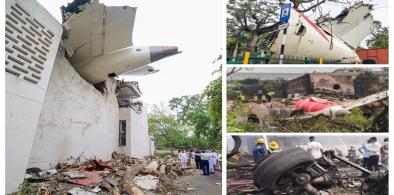
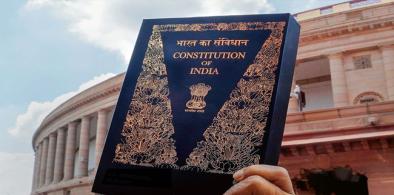
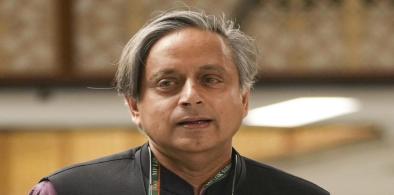


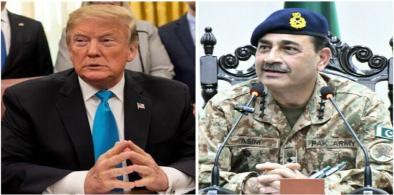
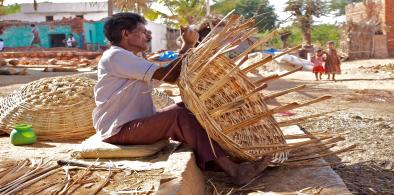
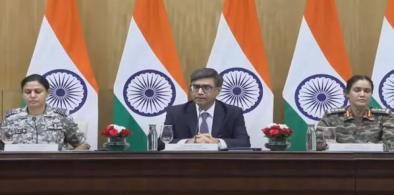
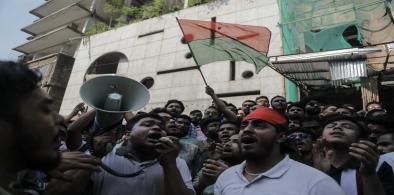







Post a Comment